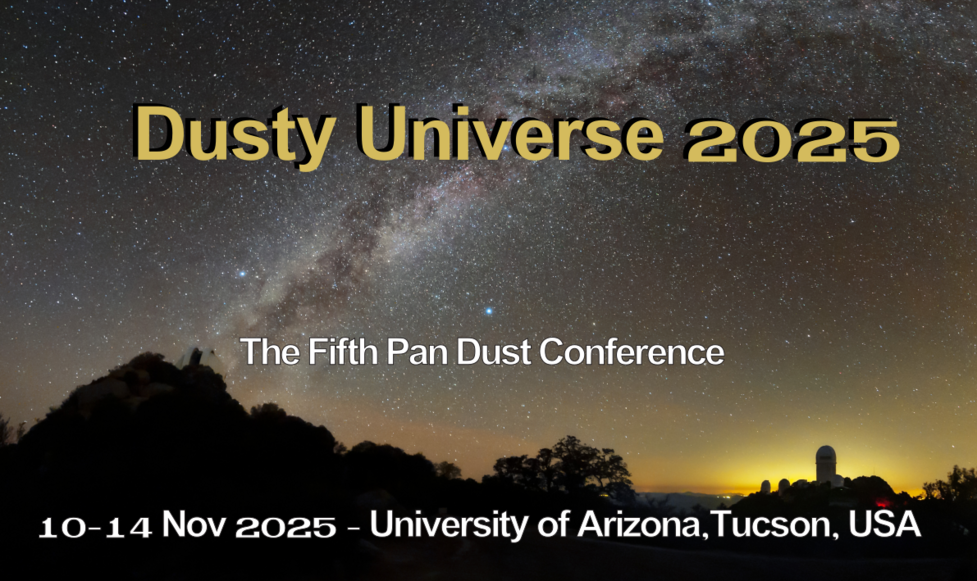The extinction of ultraviolet and blue starlight, dimming and reddening stellar spectra, is well explained by the absorption and scattering of photons by interstellar gas and dust. However, the nature of hundreds of interstellar absorption features on top of the extinction curve, the so-called diffuse interstellar bands (DIBs), remains unknown: this is the oldest mystery in stellar spectroscopy. The current consensus is that DIBs are produced by carbonaceous materials, with the C60+ being the only confirmed carrier for five DIBs.
Here we present multi-wavelength observations of a dozen moderately extincted Galactic OB-type stars using HST, VLT and JWST, which together provide the first strong observational evidence for the carbonaceous nature of DIB carriers. We find that the DIB strengths are positively correlated with 6.2 micron absorption features (C=C stretching) and the UV extinction bump at 2175 angstrom, both assigned to carbonaceous dust. The DIB strengths do not vary with the 9.7 micron silicate dust feature (Si-O stretching), effectively excluding the silicate origin. Furthermore, a negative correlation with the 3.4 micron C-H stretching feature suggests that the DIB carriers are carbonaceous molecules that can survive in the interstellar radiation field that removes hydrogen atoms from carbon dust surfaces, such as large carbon clusters or polycyclic aromatic molecules.
These discoveries constrain the chemical identity of the DIB carriers and guide laboratory efforts in reproducing their spectral features. Given the detection of DIBs in galaxies up to redshift z = 0.6, this work opens a new avenue for tracing carbon chemistry and dust evolution across cosmic time.

 PDF version
PDF version
